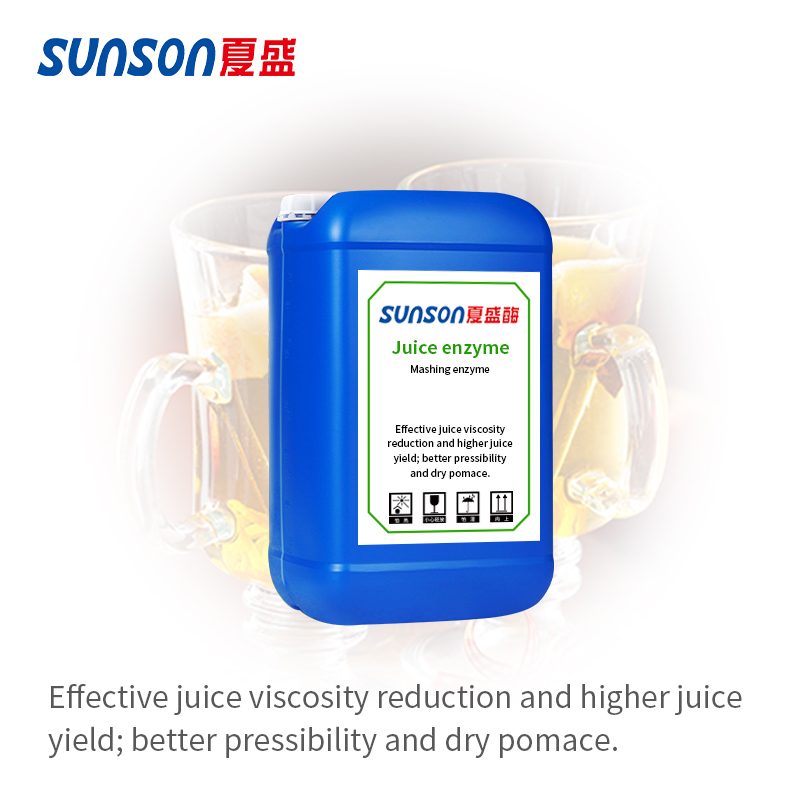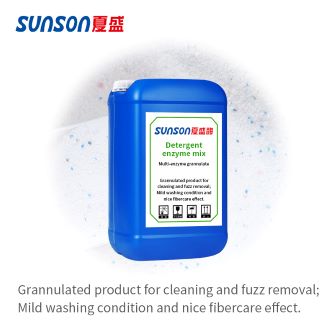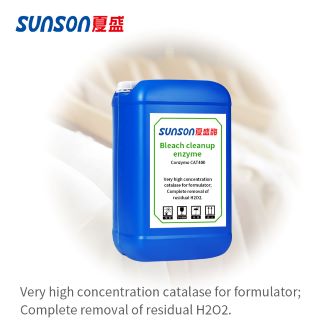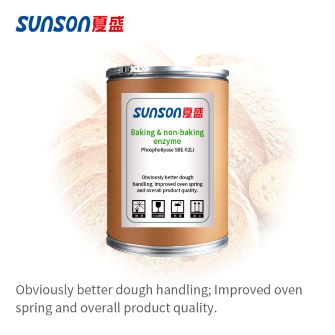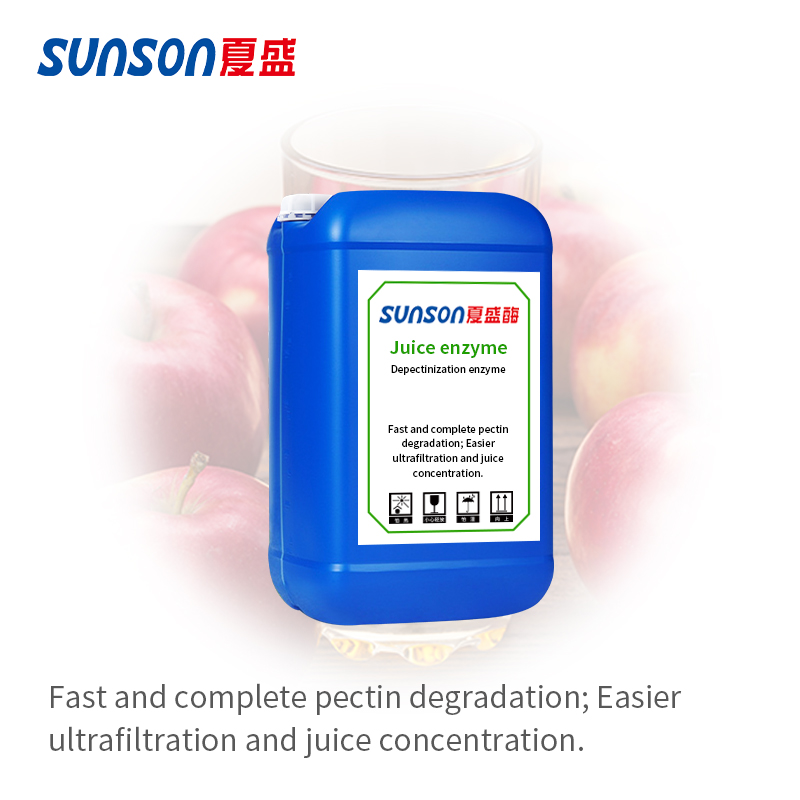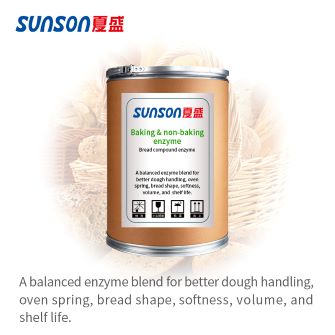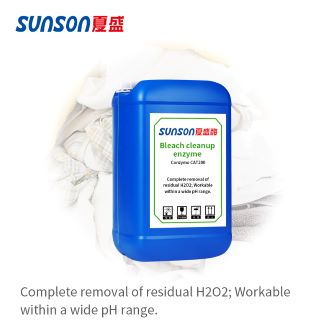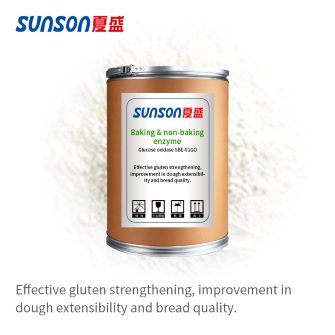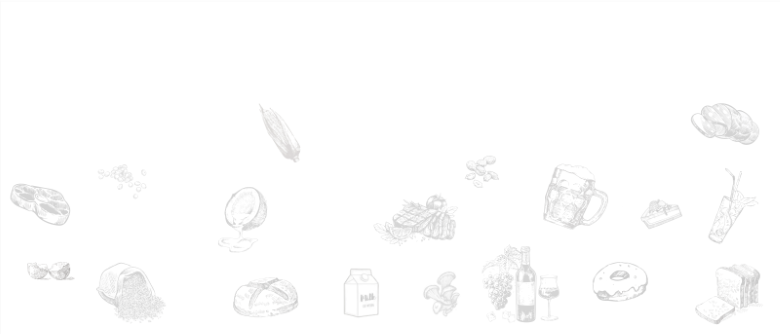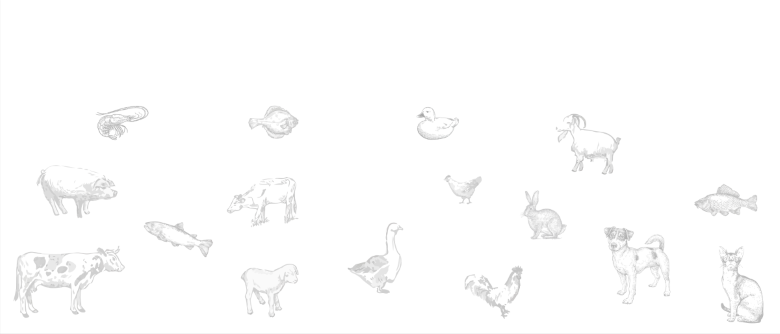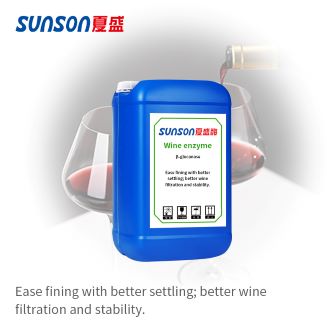



PRODUCT DESCRIPTION
The product is produced by submerged fermentation of a
well-selected microbial strain followed by separation, formulation and drying.
It’s developed for wine processing and helps with wine fining, filtration and
stabilization.
MECHANISM
β-glucanase is capable of hydrolyzing
glucans, a group of complex polysaccharides that, in wine, limit clarification
and considerably hinder filtration. Their presence in musts and wines is often
caused by the attack of Botrytis cinereo on grapes. The protease side
activity in the product can work nicely under the acidic winemaking conditions
and degrade proteins from yeast and fruits, and therefore, save the use of
bentonite. The enzyme also promotes autolysis of yeast cells or cell wall
breakdown of yeast or fruit to release more color or aroma.
BENEFITS
l Degrade β-glucan from Botrytis cinereo due to infection;
l Reduce the viscosity of must or wine and speed up
settling after fining;
l Improve wine filtration and stability;
l Promote yeast autolysis and release of color or
aroma.
REACTION PARAMETERS
|
PARAMETERS |
RANGE |
|
Activity Temperature |
15℃-63℃ |
|
Optimum Temperature |
40℃-55℃ |
|
Activity pH |
3.5-5.5 |
|
Optimum pH |
4.5-5.0 |
PRODUCT SPECIFICATION
|
Items |
Description |
|
Physical Form |
Powder |
|
Color** |
Light to dark brown |
|
Odour |
Normal microbial fermentation odour. |
** Color: Color can vary from batch to batch. Color intensity
is not an indication of enzyme activity.
